Fashion and VR: Who’s the real game changer? feat. Tommy Hilfiger, Rebecca Minkoff & Rigby and Peller
Fashion and VR: the very likely match.
So last year we saw a sudden craze in virtual reality among brands of diverse kinds. Fashion was no exception. As we have already talked about this a while ago, virtual reality technology has swept the world of fashion by combining VR and catwalk shows, that were traditionally rendered as exclusive to a handful number of carefully selected people.
Now, that old idea has seemingly been challenged. Yet, the sensational 360-degree virtual experience of catwalk shows by Topshop was still deemed as ‘out of reach’ for the moderate fashion-lovers.
So that happened last year. As 2015 is coming to end in less than 2 month time (shocking), has there any, if at all, steps taken forward?
Rebecca Minkoff’s cutting-edge fashion tech
Tommy Hilfiger was also hands-on in entertaining customers with VR experience featuring a Samsung Gear VR headset in selected stores. A 360-degree, three dimensional version of the runway as if you are sitting on the front row – Tommy Hilfiger has certainly done the deed to enthrall in-store customers, and help them buy the products they just saw on the virtual runway (via Forbes).
But when it comes to VR and fashion, perhaps no one is more forward-looking than Rebecca Minkoff.
Amongst all fashion brands – both high-end and mid-range, new and long-standing – who signal their keen interests in technology, Rebecca Minkoff is one of the few who is more likely to bring their intention into practice.
Don’t take me wrong, other brands such as Dior seem to be doing amazing jobs too (just have a look at this magical piece of VR headset with superb quality. One does not have to take those in own hands to feel and understand the amount of craftsmanship and design effort put into perfecting the “state-of-art-technology”.
But we just can’t imagine a person who may or may not hesitate to buy Chanel mascara actually purchasing it.
No matter high-definition resolution or high quality audio system it may have, the virtual reality still belongs to another universe.
What Rebecca Minkoff is offering in terms of VR experience hardly involves rocket science.
To be fair, two brands, of two different price ranges shouldn’t be pitted against one another. But the point here is that these headsets are more likely to fulfill the core purpose of VR, that is, to bring the runway closer to shoppers across the globe.
Unlike Dior’s bulky headset, these simple, practical and still stylish headsets are affordable at $24 (which are currently out of stock online).
As you may already know, the brand has basically made the well-known Google Cardboard a bit fancier. But Rebecca Minkoff is quicker than others to capitalise on tech to create new ways of experiencing fashion. What’s more important, they are also quick to produce content (in this case, catwalk shows) exclusive for VR headsets.
Revolution in body measurement?
VR headset is not only topic trying to revolutionise the world of fashion.
Again, Rebecca Minkoff is ahead when it comes to other emerging technologies like interactive mirrors. Surely a success in fashion-immersed VR experience will be tantalising. But fashion brands will more likely to benefit from interactive touchscreen mirrors that could significantly enhance customer experience and drive in-store sales.
Another brand, luxury British lingerie brand Rigby and Peller’s has also invested in this potential technology. Their flagship in Hong Kong has recently incorporated cutting-edge 3D scanning mirror, hoping to address the long-standing problem for women: find the right bra size. And a 3D scanning mirror sounds like just a perfect solution.
The mirror is capable of taking accurate measurements of a customer’s bust in no more than a minute, supplementing the ordinary way of tape measuring by shop assistant who then ‘recommend the most suitable styles and colours for each figure and shape’.
Such technology will unquestionably be a game-changer and improve consumer experience. Not only it will reduce the time choosing the right one, but also increase the sales (apparently 90% of clients who took 3D measurements end up purchasing).
“Based on research, there are 70 per cent of women wearing the wrong bra. But what makes it wrong, you know, what makes it right? I think the most important thing is having objective measurement. Going forward we’re looking at expanding the installation of 3D mirrors into all our stores. And develop this technology into something even more accessible to everyone.” says the general manager, Lui Tong.
Hold a second, what happens to my pictures taken afterwards? In case you are wondering, the photos taken are deleted immediately while the measurement data remain in the shop database.
And there are (always) challenges
Other brands have certainly taken a similar approach in the recent past too. Just search the right keywords on Google, and you will see there is a plenty of companies offering such 3D tech solutions for fashion brands. Famous brands including Levi’s have tapped into this field already. But not every fashion brand is ready for this. In addition to innovative 3D body scanner that works seamlessly, they will need the capacity and infrastructure to receive a bulk amount of 3D digital image, says Vogue.
Nonetheless, it seems we come to a point where we can’t talk about the future of fashion – particularly bricks and mortar – without mentioning technology.
What do you think?
Appnova is a digital agency specialising in web design, UX, eCommerce, branding, digital marketing and social media.
Keep following us on Twitter @appnova and “like” us on Facebook for useful news and tasteful digressions about geeky stuff.
Subscribe To Us




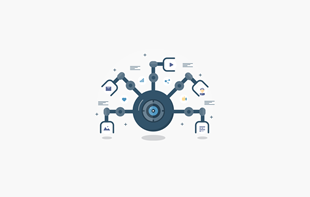
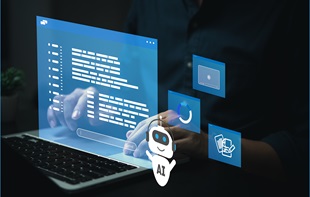
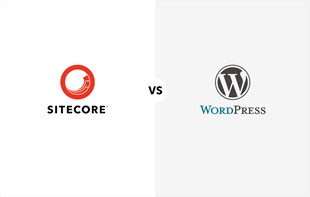
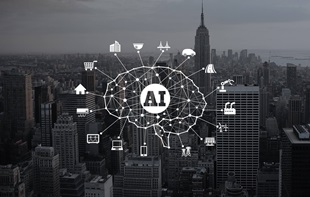

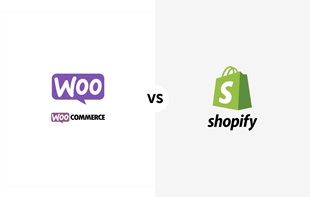




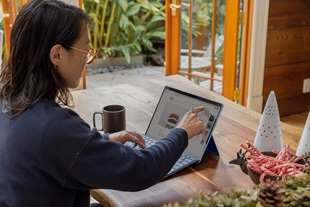
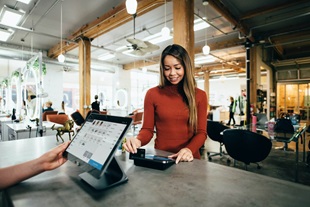
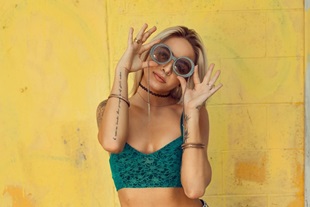
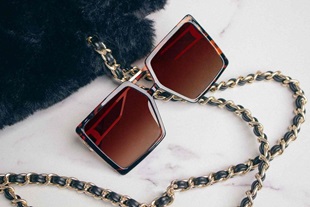
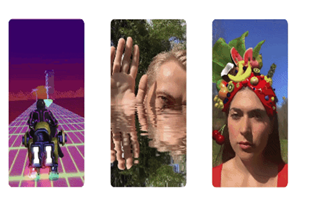
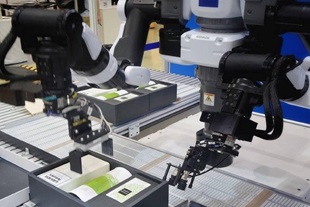
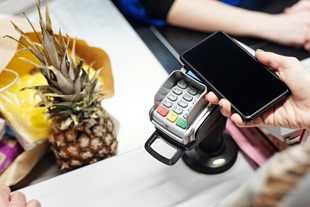
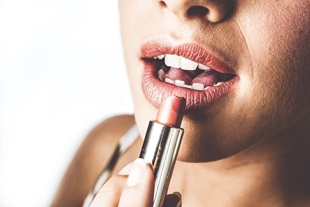

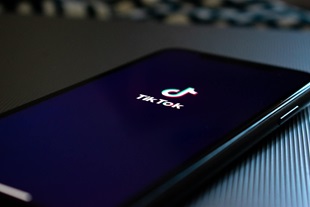
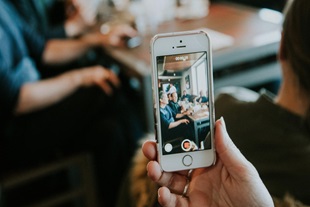
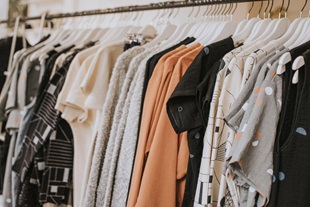
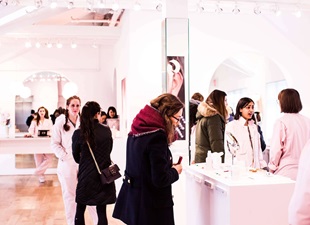


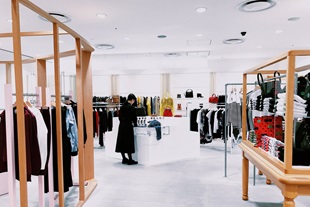
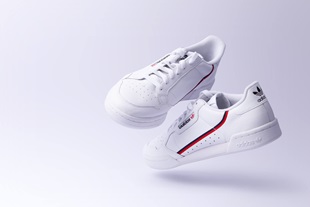
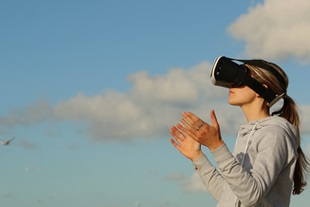
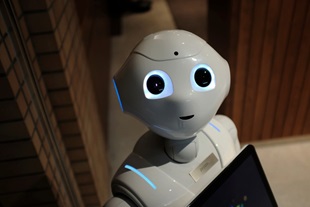


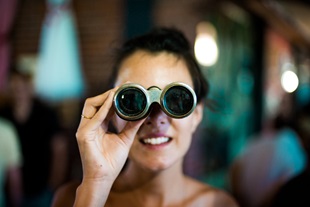
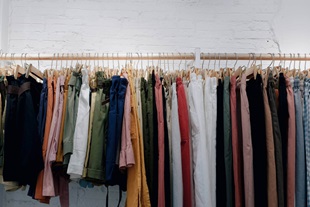
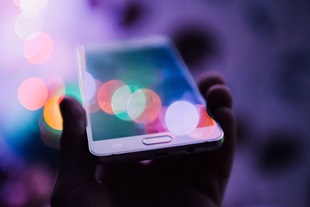
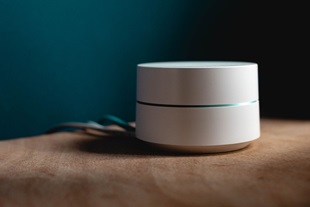

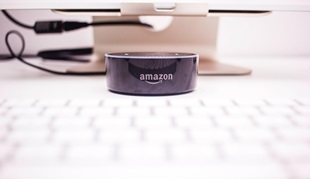
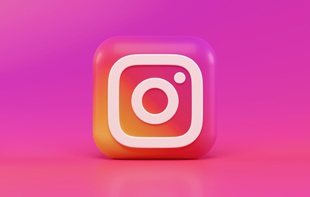

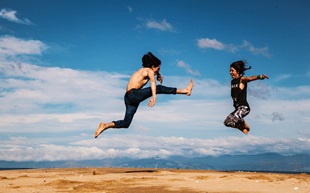

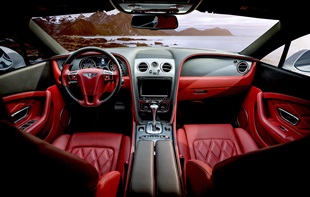
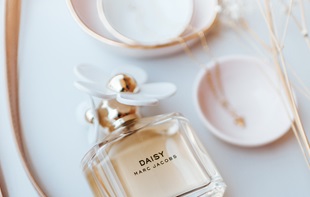
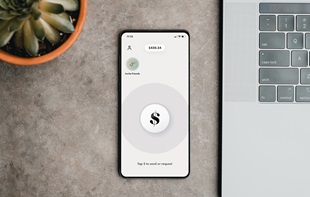
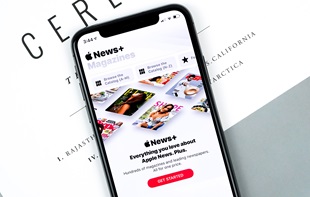
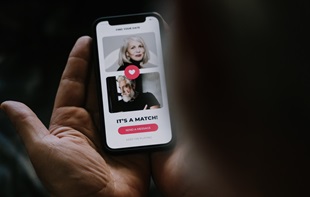
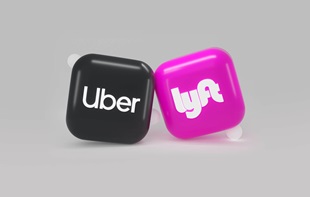
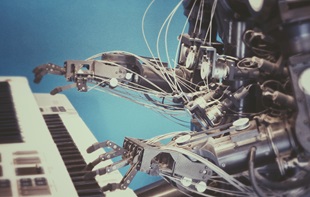
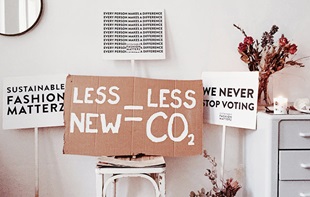
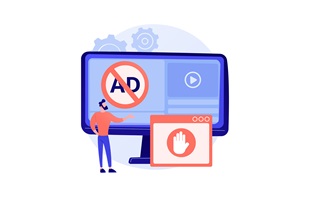

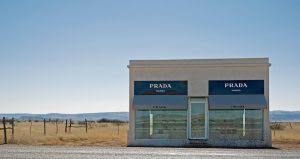

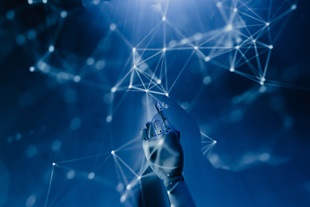
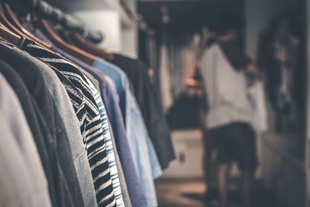
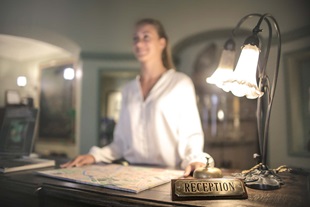
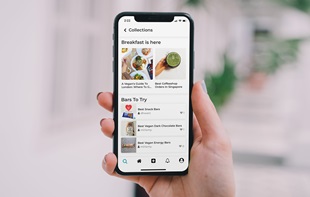
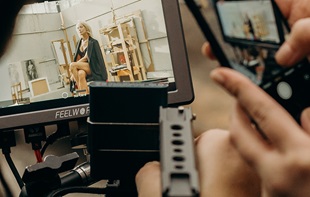
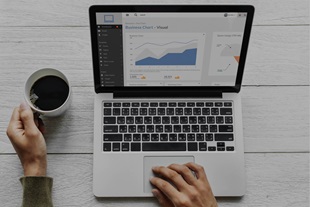
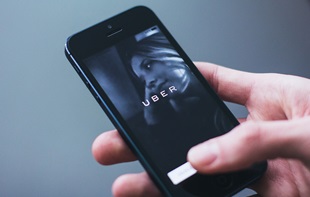
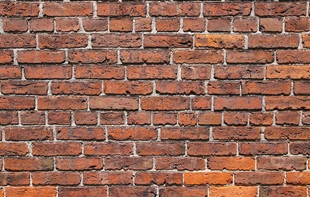
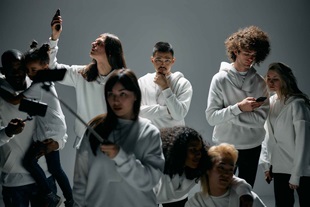
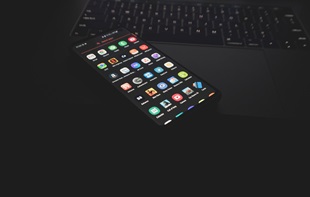
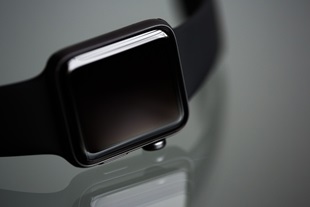
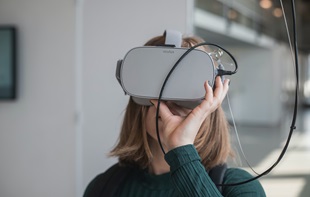
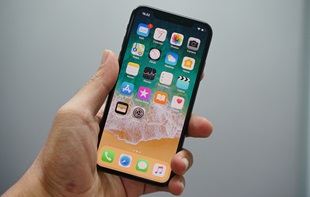
![The generation of me, myself and I – Me-commerce will remain strong. [Infographic]](/-/media/Appnova/BannerImages/mecommerce-cover/mecommerce-cover/The-generation-of-me-myself-and-I--Mecommerce-will-remain-strong.jpg?mw=310)
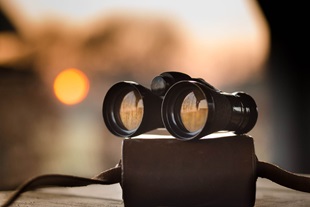
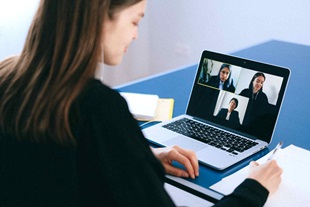
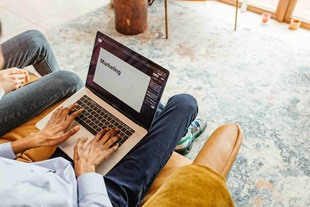
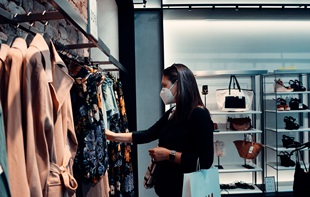
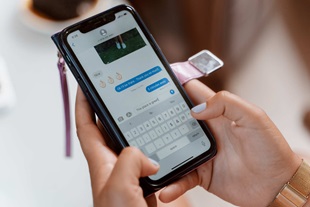
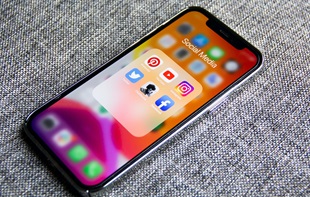
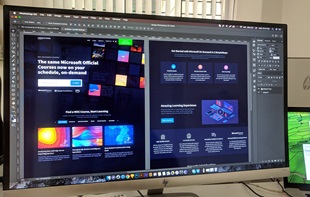
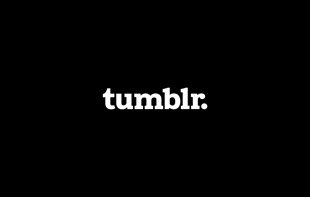
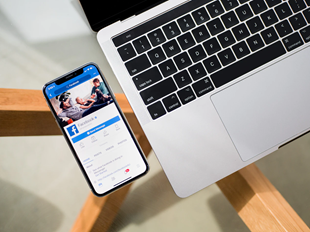
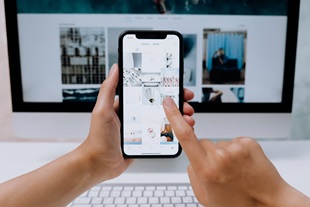
.jpg?mw=310)

0.Comments